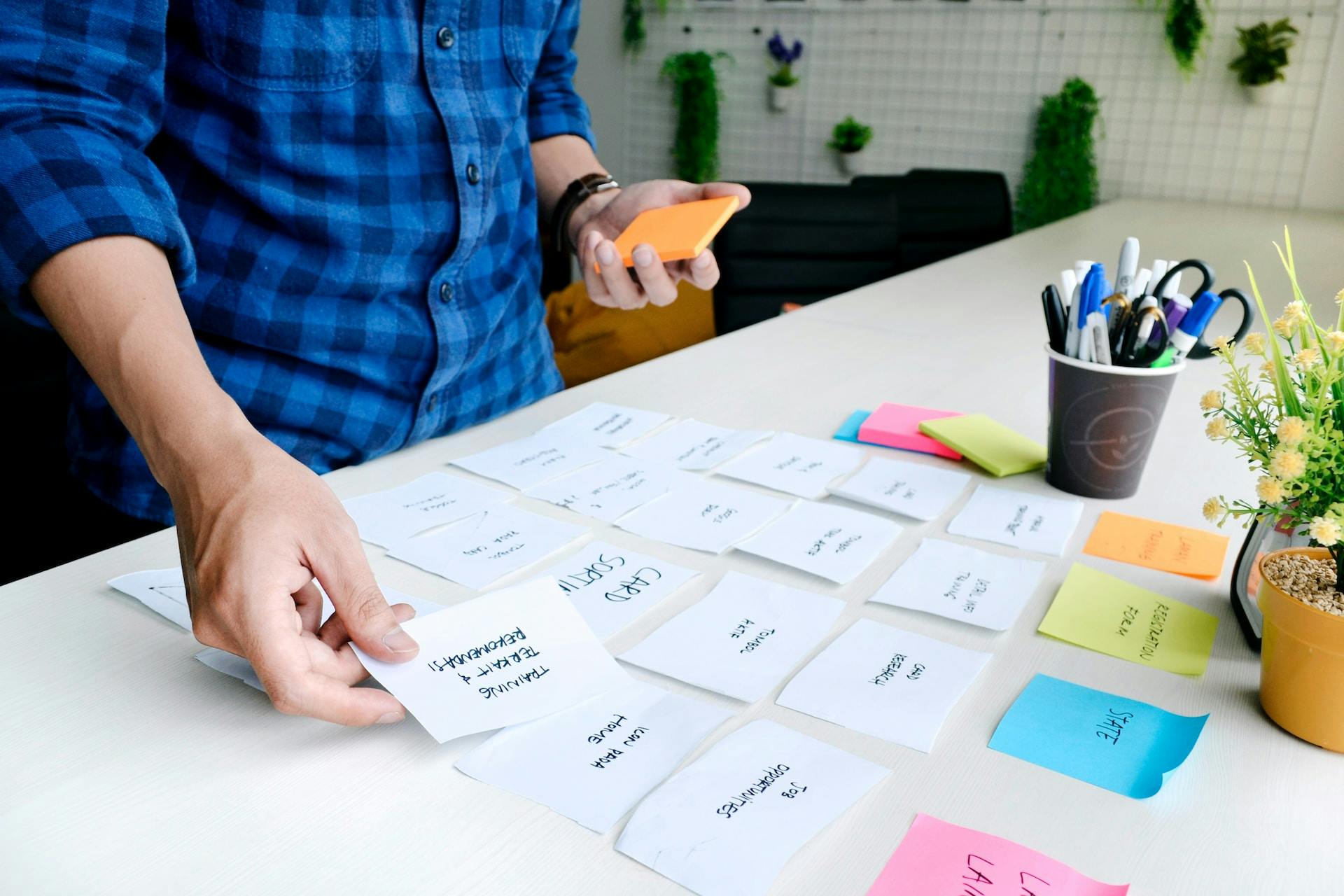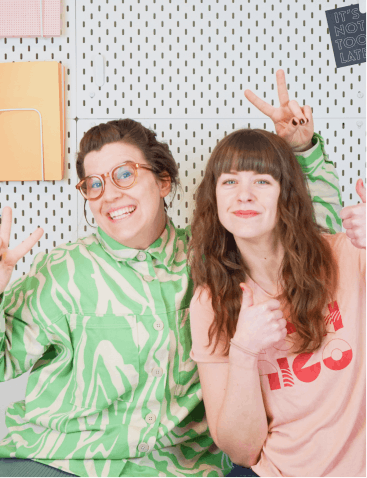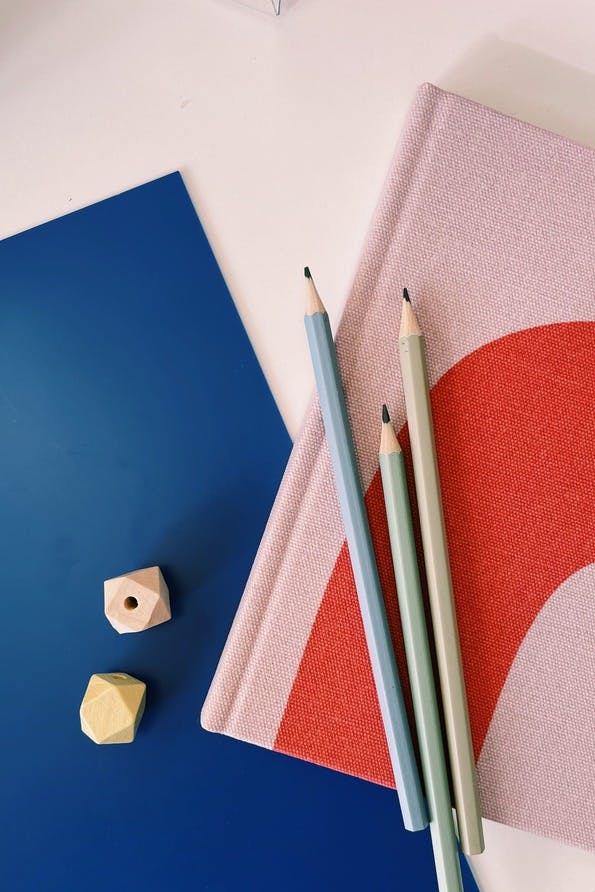As a UX Researcher myself I enjoy creating information structures that make sense for the user. Card sorting is one of the essential methods that helps me and every UX Designer to build structures that make sense for the user.
I have recently discovered and completed Optimal Academy course to refresh my knowledge and practice in conducting good card sorting and wanted to share a few tips if you are just about to start and learn how to do your first study in Card Sorting. Here are 5 tips when you start.
What is an optimal number of cards to use in card sorting?
As a rule of thumb, aim to have in between 30 to 60 cards, because it will give you enough data to make good decisions and also putting yourself a limit will make you think carefully about the cards you want to include and cards you want to skip. Last, but not least - this is a very manageable amount of cards for people to solve.

Photo by UX Indonesia on Unsplash
Which method should I try first: closed, open or hybrid?
Open card sorts are generally harder to complete because you are also asking people to make structure up and label it themselves. It involves a lot more thinking from the participant’s side.
How can I double check I designed the card sorting study well?
Run a rehearsal and practice with a few people before running the study. Before unleashing your card sorting magic on the world to see and try, test it on friends and family. This dress rehearsal will help you iron out any kinks in the process.
Card Sorting or Tree Testing - which one to choose?
Card Sorting and Tree Testing are both great techniques for testing your website’s or app’s information architecture. The big question is always: which one should you use, and when? Tree testing is a great tool to use when you have a product that is already up and running. By running a tree test first you can quickly establish where there may be issues, or snags. Card sorting is a super useful method that can be instigated at any stage of the design process, from planning to development and beyond.
What can I do when I have my card sorting results?
Once you finish analyzing your card sorting results, it should provide great inspiration for designing and improving your information architecture and the hierarchy. If you are for example doing a card sorting for website information architecture, you can then try doing a tree test as a next step to confirm that your audience navigates the proposed hierarchy smoothly and intuitively.
So there you have it, dear UX’ers! Card sorting can be a delightful adventure in understanding your users, with a few laughs along the way. Embrace the quirks, and remember that UX design is as much about empathy as it is about pixels. May your cards always be sorted in your favour! 🃏💻🌟




We're a female-founded, remote-first community helping people get a career they love. 90% of those attending our boot camps are women.
Our next boot camps start in January - apply today to secure a place!

